Your heat pump has a number of settings that can affect your Fort Washington home’s overall comfort level. One of those settings is the fan – which can be set to run automatically when heating is needed or left on continuously so that the device never turns off. Which is better for your home, though? Let’s take a look.
Comfort vs. Economy
The reason there are two settings on your heat pump is that one is more economical. The auto setting allows the device to minimize how often it is on. So, it only turns on when the house needs warm air to maintain the thermostat setting.
On the other hand, the always on setting is designed to provide better comfort. When you leave your heat pump’s fan on continuously, it provides steady heat over time. This means that the temperature remains consistent and mixes the air to ensure there are no uncomfortable pockets of poorly conditioned air in your home somewhere.
Which Is Better?
In terms of comfort level, it depends on your needs. If you’re not too picky about the exact temperature of your home, the auto setting is best because you will save money and it tends to be fairly accurate. However, if you want to ensure you and your family are perfectly comfortable, regardless of the weather outside, the always on setting is the best way to achieve this level of comfort.
Of course, if you’re concerned about the added cost of leaving the heat pump fan on all the time, you can adjust the thermostat to even out the cost. By raising the thermostat 2 degrees in the summer and lowering it 2 degrees in the winter, the added cost of running it constantly should be offset. If it isn’t, you should have your device inspected to ensure both of the settings are properly calibrated.

